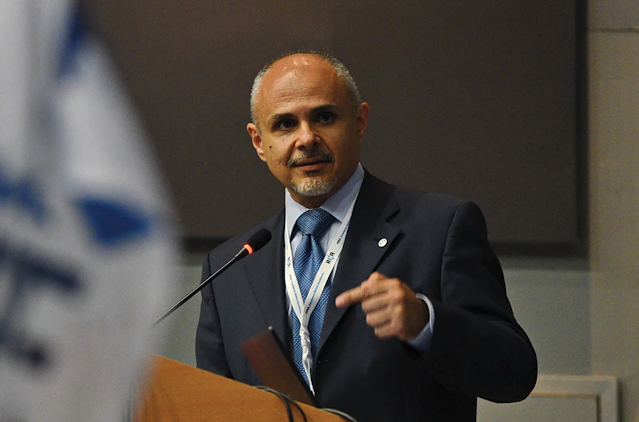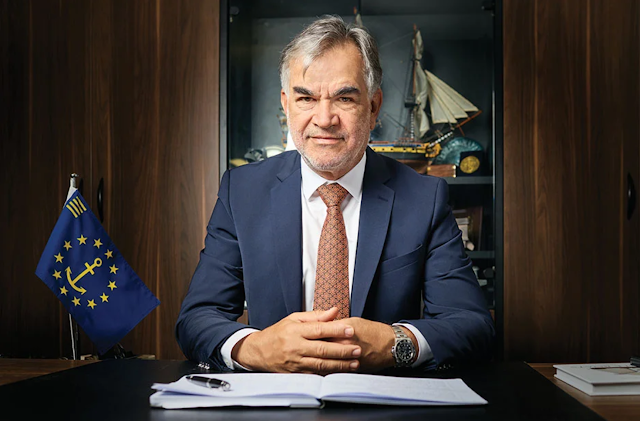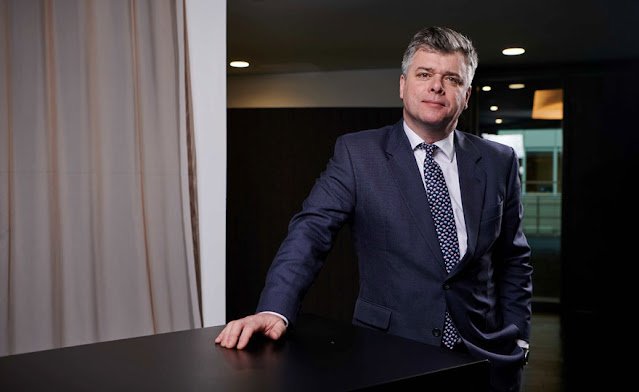| Marie Caroline Laurent, Director General, CLIA Europe |
After three years of reduced operations, the cruise industry has rebounded during the last year to return to, and even surpass, our pre-pandemic growth trajectory. This growth trend shows the extraordinary resilience of our industry, and our ability to adapt to new trends and requirements. It is a testament to how well our industry pays attention to the need to evolve and innovate.
These positive passenger numbers show that we are becoming one of the most attractive forms of tourism. Today, more and more people want to cruise. Almost 90% of cruisers say that they intend to get onboard again and two out of three of those who have never embarked on a ship are open to a cruise holiday.
Another interesting trend is the fact that cruise passengers are becoming younger. This changing demographic of cruise travellers is an extremely positive sign that can give us confidence for the future. Over time, we continue to diversify our offer and nowadays there is a cruise for everyone. We see onboard both multi-generation families as well as solo travellers; couples and groups of friends; young and old; those who are looking to relax and those who want to explore and live the adventure.
But we take nothing for granted. Cruise lines together with our partners will keep evolving and investing. These investments include the modernization of our fleet and the massive investments in new technologies to reduce our environmental impact. In this respect, we can argue that the cruise industry is a leader in the maritime transition towards a future of low to zero carbon fuels.
Of 44 new ships that will be built in the next five years, 25 will be LNG-powered and 7 either methanol ready on delivery, or methanol capable.
Cruise lines are making significant investments to reduce emissions at berth and at sea. We are diversifying energy solutions by incorporating multi-fuel engines, trialing fuel cell technology, wind – including solid sail – technology, as well as photovoltaic solutions and battery storage for power saving.
With 32 pilot projects underway with sustainable fuel producers and engine companies, we are pursuing fuel flexibility, investing today in propulsion technologies with conversion capabilities for the future. We are truly at the forefront of innovation.
Achieving our collective sustainability ambitions requires substantial investment. It also requires partnership between the public and private sector. The cruise industry is doing its part. We also need governments to act – to support research efforts, invest in port infrastructure, and to provide a clear and stable regulatory landscape.
It is also worth noting that achieving environmental goals can also produce a positive economic impact. And it will mean that Europe can maintain its leadership in the sector.
To give an idea of the scale of investment involved: cruise lines are investing almost 58.5 billion euro for 44 new ships that will set sail in the next five years. As more than 90% of all new cruise ships are built in Europe, the cruise sector is a major contributor to European economies. In Greece, the cruise sector generates more than 1.1 billion euros annually for the national economy and supports more than 15,000 jobs in the country.
The economic impact of a cruise ship does not end with its construction. Every time a ship docks in a port, it provides a boost to local businesses, with cruise passengers spending an average of 100 euros at each destination. In addition, more than 60% of passengers return to visit locations they first visit by cruise, providing a long-term economic benefit to these destinations. If you consider that Greece has around 40 cruise destinations that record close to 5.000 cruise ship calls each year, you might imagine the importance of the cruise tourism for the entire country.
More widely, the Eastern Med is considered by the cruise lines as a destination market with a potential yet to be unlocked: a region with a vast range of countries, culturally diverse, bringing together three different continents. The region is vulnerable to geopolitical tensions and, like a domino effect, tensions in one country can impact the entire region. We saw this in 2016 when instability in Turkey affected cruising in Greece. And we see now in the Middle East with the ongoing conflict of the Israeli-Hamas war. Cruise operators place their priority on the safety of passengers and crew, and adjust itineraries as needed in the Eastern Med. The degree to which the region will be affected from the cruise perspective is largely unknown and our thoughts are with all who are impacted.
Greece itself is in the top three main cruise destination markets in Europe and is seeing great growth in recent years. While we welcome this growth, it is of paramount importance to us that we work jointly with our partners in Greece for the sustainable development of the cruise sector in the country.
CLIA members are investing in Greece. We want to continue building our presence and see a bright future for our industry, for our crew, our guests, our partners, and suppliers, and for the coastal cities and communities. Our future success relies on every player in our ecosystem having a positive experience.
We cannot do it alone. We must work together with our partners to create holistic solutions to sustainability.
At the end of last year, we were pleased to present a proposed Action Plan to the Greek Government with the aim to maximise the benefits to Greece from cruising and help to unlock its potential for sustainable growth as a cruise hub. Our plan for the next five years, which was well received by Ministers, is based on five key pillars. The areas covered by the action plan include: development of homeporting activities, the opening of new destinations, and the need for port infrastructure to meet the requirements of the EU Fit for 55 legislation, as well as the potential for cruise shipbuilding in Greece, the extension of the cruise season, and opportunities for seafarers were all on the agenda.
It is clear we need to collaborate with public authorities and ports to secure the infrastructure necessary for our future sustainable growth. We need port terminals suited to the needs of our passengers, sufficient and automated border control facilities. We need investment in ports to offer shoreside electricity, considering that less than 2% of the world’s ports have this facility available. We need bunkering infrastructure for the fuels of the future.
We need to work together – cruise lines, suppliers, terminals, ports, and destinations. By working together, we will sail towards an even more sustainable future.















